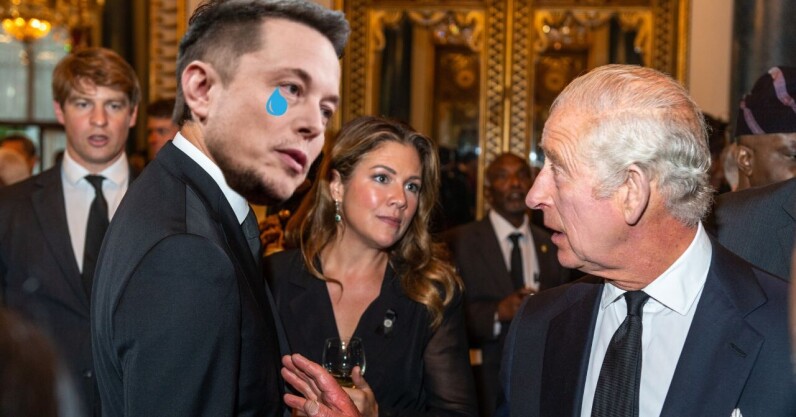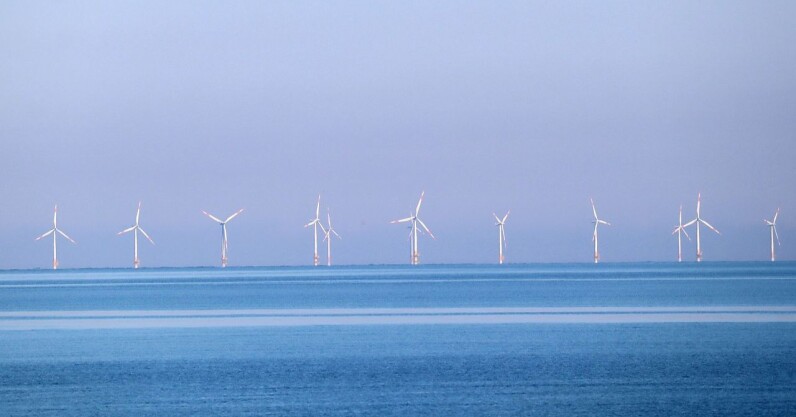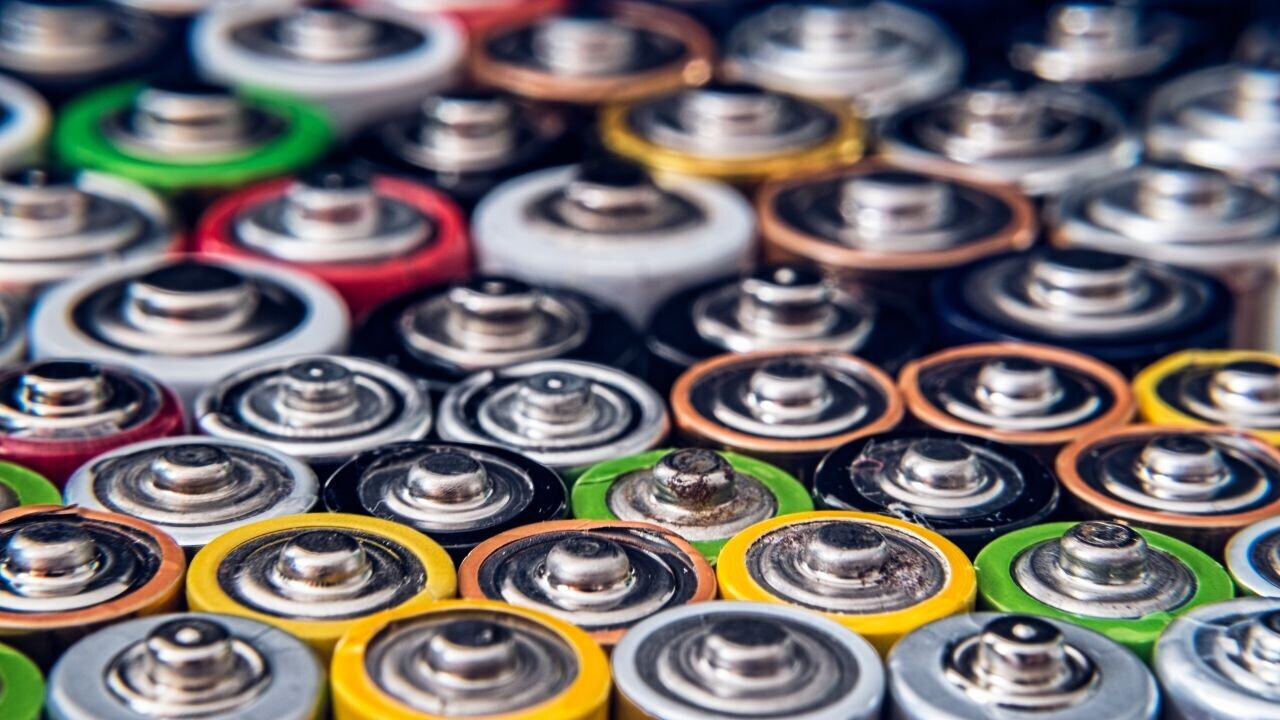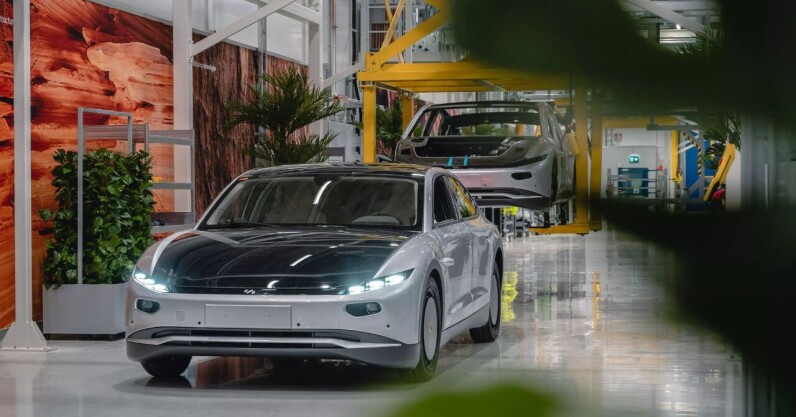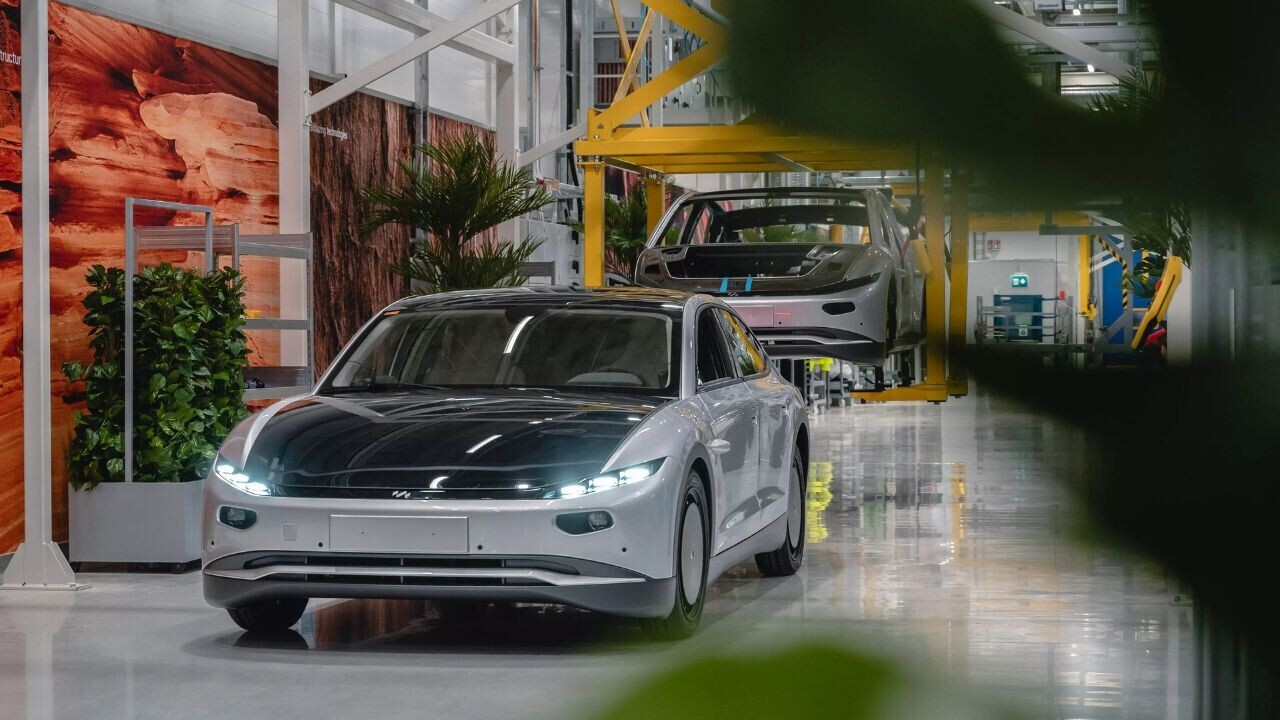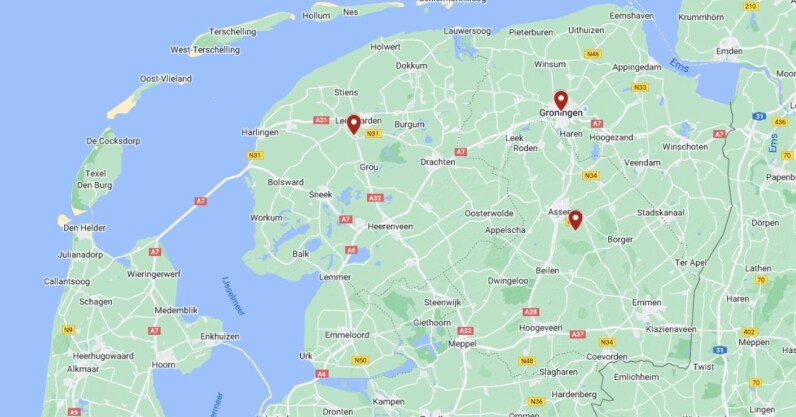Musk’s in a legal duel with a king over Twitter’s unpaid London rent
Twitter has fallen out with yet another landlord: King Charles III.
The Crown Estate, which manages the British monarch’s vast property portfolio, has sued Twitter over unpaid rent for office space in London. The complaint was filed last week at the High Court in Britain’s capital.
The case joins a range of wranglings over rent engulfing Twitter. In December, the company had reportedly not paid rent on any of its global offices “for weeks.” Since then, landlords in San Francisco, Seattle, and London have all sued the bird app, while workers at a Twitter office in Singapore were briefly evicted over late payments.
The clashes come as Elon Musk takes drastic steps to cut costs at Twitter, which he bought in October for a ruinous $44 billion. His other moves include firing half the workforce, disconnecting servers that keep the platform running, a chaotic launch of a subscription service, and, err, selling kitchen appliances.
The rent charges
The rent-dodging has been surmised as an attempt to negotiate better terms. In the London building, however, this doesn’t appear to be the plan.
As the space has reportedly been deserted and emptied, it doesn’t seem that Twitter will re-occupy the office. Yet this doesn’t mean that Musk will get off scot-free.
“Twitter will remain liable to pay.
Andrew Conway, senior director and leading property litigator at London firm Lawrence Stephens, told TNW his obligations are tricky to escape.
“Unless the landlord forfeits the lease (that is, taking back the premises, so it can be re-let to other tenants) or agrees to accept a formal surrender of the lease, Twitter will remain liable to pay the rent for the remainder of the term of the lease,” Conway said via email.
If the lease is forfeited or surrendered, the tenant is only liable for payments up to the date that happens. That may well appeal to Musk, but it could be a headache for the Crown Estate.
If the property can’t quickly be re-let, the landlord faces several problems.
“A landlord will be left with empty premises on which it will have to pay business rates after three months,” said Conway. “Moreover, empty premises are more susceptible to occupation by squatters.”
Court proceedings provide a route to recovering rent arrears — and Twitter will have little defense against paying them.
The debt collectors are coming
Musk’s mounting feuds with landlords coincide with growing financial pressures at Twitter.
The first interest payment on the $13 billion of debt used for his takeover could be due by the end of January, according to the Financial Times. Analysts expect the looming bill to be around $300 million.
Revenues at Twitter have also plummeted. Research suggests that ad spending on the platform — the source of roughly 90% of its revenue in 2021 — dropped by 71% in December.
Skipping rent may postpone some costs, but it adds another dent to Musk’s floundering reputation. It’s also a blow to his dream of ending remote working.
At least surviving staff at Twitter’s New York base can still go to the office. Unfortunately, it reeks of poo and has a cockroach problem.
Musk’s in a legal duel with a king over Twitter’s unpaid London rent Read More »
